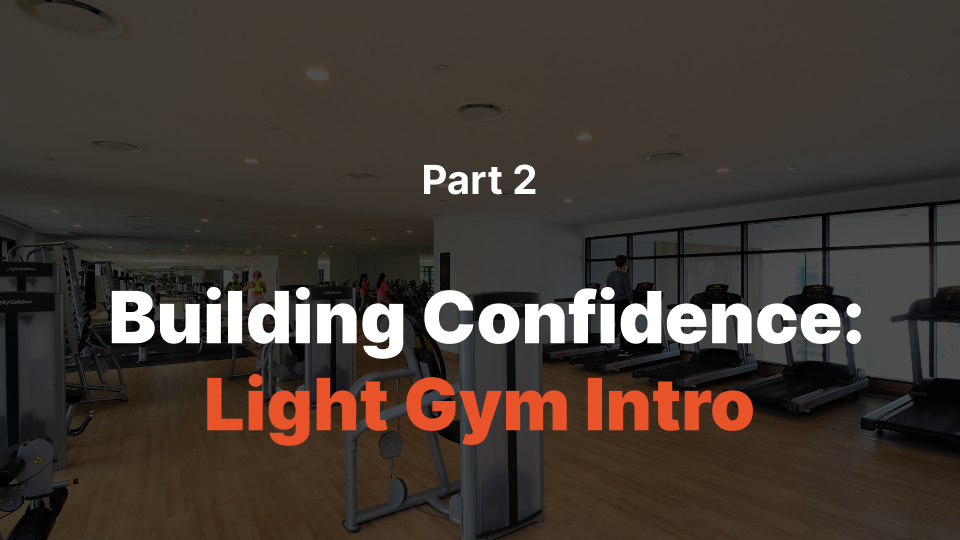Introduction
The jump squat is a dynamic exercise primarily focusing on lower body strength and power. It involves performing a traditional squat, followed by explosively jumping up and landing back in the starting position. This movement enhances explosive power, improves vertical jump height, and boosts overall athletic performance. It's particularly effective for those seeking to improve their agility, power, and conditioning.
Muscles Worked
- Primary: Glutes, Quadriceps, Hamstrings, Calves, Core
- Secondary: Erector Spinae (Lower Back), Adductors (Inner Thighs), Abductors (Outer Thighs)
How to Do It (Step-by-Step)
- Stand with feet shoulder-width apart, toes pointing forward, and hands on hips or extended out in front of you.
- Bend your knees to squat down as if sitting back into a chair, then jump up explosively off the ground.
- Land softly with bent knees, immediately descending into another squat before jumping again without pausing between reps. Tip: Keep your weight in your heels and aim to land quietly, minimizing impact on your joints.
Rep & Rest Guidelines
- Strength: 4–6 reps, 2–3 min rest
- Hypertrophy: 8–12 reps, 60–90 sec rest
- Endurance: 12–20 reps, 30–60 sec rest
Train smarter with Auto Progression and Rest Timer for optimal results!
Form Tips
- Maintain a vertical shin angle during the entire movement: Keep your knees directly over your ankles, avoiding excessive knee flexion or allowing them to extend beyond the toes. This will ensure proper landing and reduce strain on the joints.
- Land softly by bending your knees: Upon jump, land in a squat position with your hips back, keeping your weight distributed evenly between your feet. Your landing should be silent, absorbing the impact through flexed knee joints and strong glutes.
- Maintain an upright torso throughout the movement: Keep your chest up, core engaged, and eyes focused forward. Aim to minimize any rounding of the back or excessive leaning during the squat part of the jump, as it may lead to improper alignment and increased risk of injury.
When to Use It
- Plyometric Training: Jump squats are effective in improving explosive power and quickness during activities like basketball or volleyball.
- Powerlifting: Incorporating jump squats into your routine can help increase lower body strength and power, which is beneficial for lifting heavier weights in exercises like the squat and deadlift.
- Functional Fitness: Jump squats are a great exercise for functional fitness training as they mimic real-life movements such as jumping over an obstacle or squatting down to pick up something heavy.
Workout History can help track your progress in these and other exercises.
Jump squats primarily target the glutes, quads, hamstrings, and calves.
Aim for 3-4 sets of 6-12 reps with a focus on power and explosiveness.
Start with feet shoulder-width apart, squat down, then explode up, landing softly and immediately lowering back into the next squat.
Jump squats can be done 2-3 times per week to avoid overuse injuries and maximize muscle growth.
Weights are optional but can increase the challenge. Start with bodyweight before adding weight.


